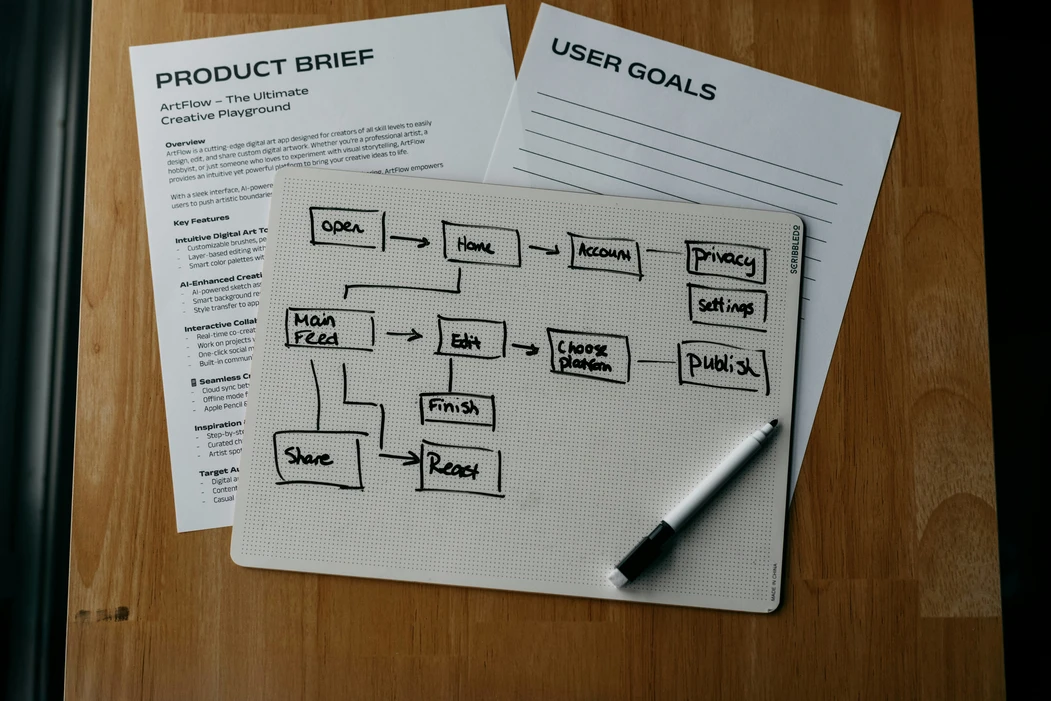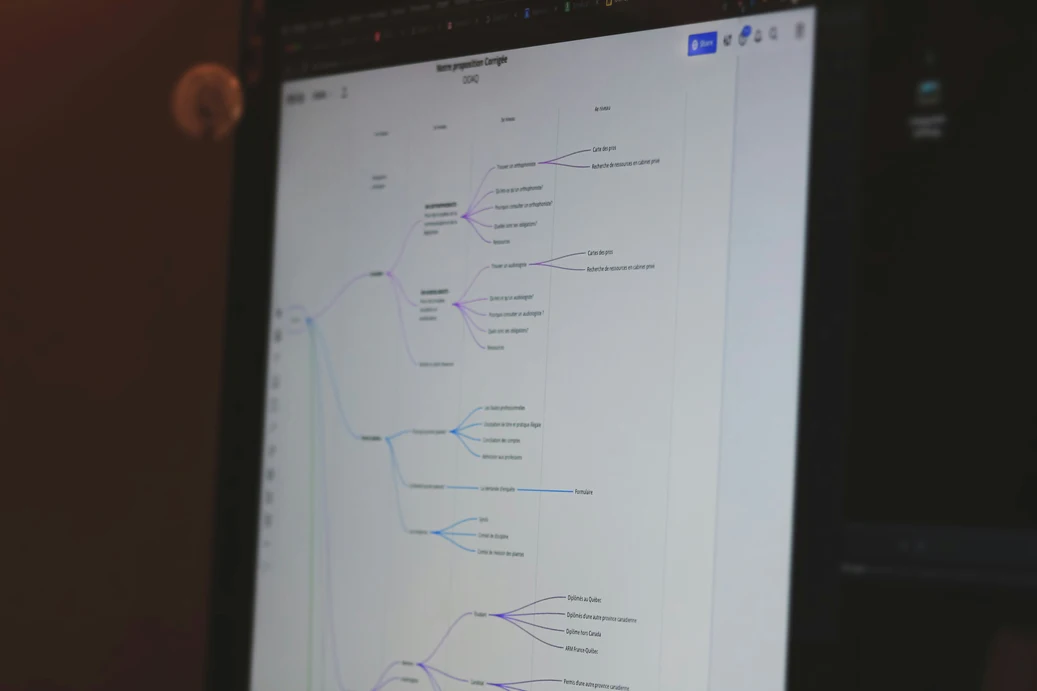Introduction
What if your to-do list completed itself?
In 2025, that’s no longer a fantasy. Thanks to AI workflow agents, digital productivity has entered a new era — one where tasks don’t wait for human clicks; they collaborate, adapt, and finish themselves.
These autonomous systems — powered by next-generation frameworks like OpenAI Operator, Gemini Agent Studio, and Anthropic Workflows — are quietly transforming how work gets done across industries. From scheduling meetings to building product prototypes, AI now acts less like an assistant and more like a teammate.
This is not about automation — it’s about autonomy.

What Changed: From Tools to Task Networks
A few years ago, automation meant setting static triggers: “If X happens, do Y.”
Today, AI workflow agents think beyond triggers.
They reason, collaborate, and delegate — forming autonomous task networks that self-manage complex operations.
Operator by OpenAI integrates with platforms like Notion, Slack, and Figma to execute creative, operational, and analytical tasks simultaneously.
Gemini Agent Studio uses contextual learning to coordinate AI agents across email, data, and code environments.
Claude Workflows introduces “human-in-the-loop cognition,” allowing humans to supervise networks of agents without micromanaging them.
This shift is redefining productivity from a task-based model to a collaborative ecosystem of intelligent agents.
Why It Matters: Work That Works Itself
1. Seamless Multitasking
AI agents can manage meetings, write summaries, and schedule follow-ups — all while cross-referencing team calendars.
2. Contextual Intelligence
Agents understand why a task exists, not just what it is — making decisions aligned with your goals.
3. 24/7 Execution
Unlike humans, agents don’t rest. They continuously optimize processes in the background.
4. Zero Cognitive Load
By removing repetitive mental tasks, AI allows humans to focus on creativity, strategy, and empathy.
5. Dynamic Collaboration
Different agents now work together — one drafts, another reviews, a third sends — without human direction.
This is productivity that scales with intelligence.
The Technology Behind AI Workflow Agents
1. Multi-Agent Reasoning Networks (MARNs)
AI agents operate as nodes in a shared reasoning web, communicating task progress through contextual data rather than code.
2. Adaptive Memory Graphs
Systems like Operator and Gemini build continuous knowledge graphs of your preferences, priorities, and style.
3. Autonomous Coordination Protocols (ACP)
Agents negotiate who should handle what — based on workload, confidence, and relevance.
4. Context-Persistent Awareness
Workflows now remember intent across tools — so AI can track projects from email to design board without re-prompting.
5. Human-AI Co-Authoring Loops
Humans define goals, and AI orchestrates execution — producing drafts, proposals, or prototypes for approval.
The line between delegating and doing has officially disappeared.
Real-World Examples in 2025
OpenAI Operator Framework
Creates multi-agent workflows that autonomously manage design updates, meeting recaps, and research summaries.
Google Gemini Agent Studio
Empowers businesses to build internal AI “departments” — specialized for content, data, or operations — that collaborate automatically.
Anthropic Claude Workflows
Introduces chain-of-command delegation between AIs for safety, accountability, and efficiency.
Zapier Next + Mistral Flow
Combines no-code automation with reasoning agents to optimize cross-platform productivity.
Notion NeuroFlow
Learns your writing and project structure style, producing ready-to-use deliverables on demand.
Each innovation shares one mission: to make productivity self-sustaining.

The Future: The Rise of Autonomous Organizations
By 2026, we’ll see the emergence of autonomous digital teams — collections of AI agents running operations independently under human supervision.
Imagine logging into a dashboard where your AI design team has already drafted visuals, your marketing agents have scheduled campaigns, and your finance AI has balanced next month’s budget.
AI workflows will soon integrate with governance layers — establishing ethical rules, accountability logs, and task arbitration between human and AI actors.
Work won’t just get done — it will self-organize.
Ethical & Operational Considerations
1. Transparency in Decision-Making
Every AI action must include reasoning logs for accountability and auditability.
2. Role Definition
AI agents should complement, not replace, human roles — augmenting creativity rather than automating judgment.
3. Security in Automation
Workflow data must remain encrypted across API communications to prevent unauthorized control.
4. Workforce Evolution
As routine tasks vanish, new roles will emerge — AI supervisors, prompt engineers, and workflow architects.
5. Responsible AI Governance
The future of productivity lies in symbiosis, not surrender. Human oversight remains key.
AI is redefining labor — not removing it.
Step-by-Step: How AI Workflow Agents Operate
| Step | Process | Purpose |
|---|---|---|
| 1 | Task ingestion | AI captures input or intent from user or trigger |
| 2 | Task decomposition | Splits complex goals into manageable subtasks |
| 3 | Agent assignment | Routes each task to the most suitable AI agent |
| 4 | Execution & collaboration | Agents complete and cross-verify subtasks |
| 5 | Review & delivery | Outputs final results for human validation |
It’s not automation. It’s AI teamwork.

FAQs & Key Takeaways
Q: What are AI workflow agents?
They are autonomous systems that collaborate to complete digital tasks without human micromanagement.
Q: How are they different from automation tools?
Unlike rule-based automations, AI agents reason, communicate, and adapt dynamically to new contexts.
Q: Are these tools available today?
Yes — frameworks like Operator, Gemini Studio, and Claude Workflows are already rolling out enterprise integrations.
Q: Can AI replace human employees?
No — but it will replace repetitive digital labor, letting humans focus on strategy and innovation.
Q: What’s next for AI workflows?
Cross-agent ecosystems that integrate creativity, logic, and ethics — effectively running as self-learning digital teams.
Key takeaway:
AI workflow agents are transforming productivity from effort into intelligence — building systems that think, adapt, and execute on their own.
At Designs24hr, we believe every innovation in AI and design brings us closer to a world that thinks, learns, and evolves with us.
If this article helped you learn something new or changed how you think about technology and creativity, share it — and tell us your experience in the comments.
Whenever you want to discover something new, explore the latest trends, or understand how AI is shaping design and daily living, visit Designs24hr.com — where intelligence meets imagination.
#Designs24hr #AIDesign #TechLife #AIWorkflow #AgenticAI #AIInnovation #AutonomousSystems #SmartProductivity #FutureOfWork #AIandDesign #DesignTrends #AIProductivity #DigitalTransformation #AIWorkflows
Want more insights like this?
Explore the Tech Life category on Designs24hr and discover how AI is transforming productivity, creativity, and the future of intelligent work.







